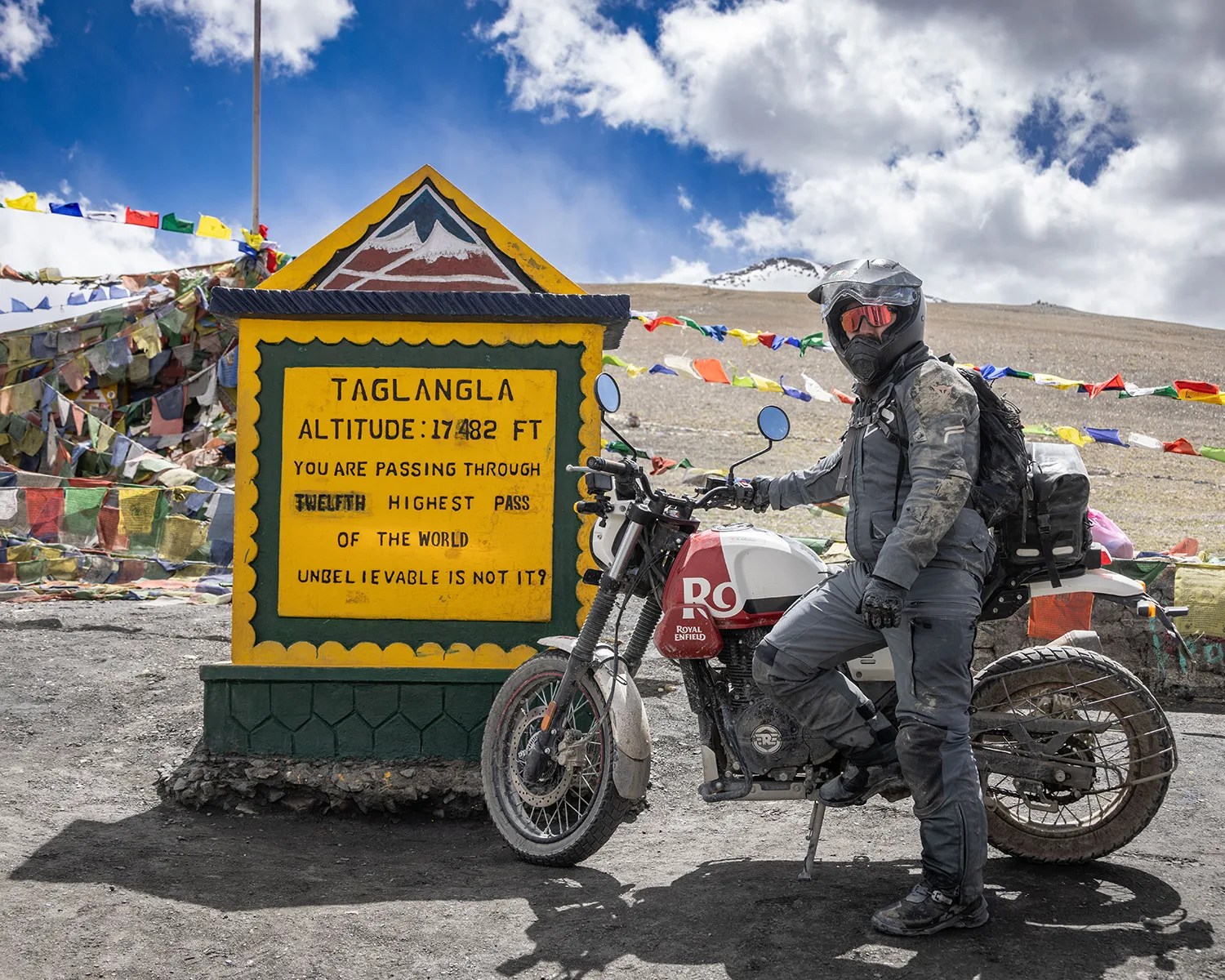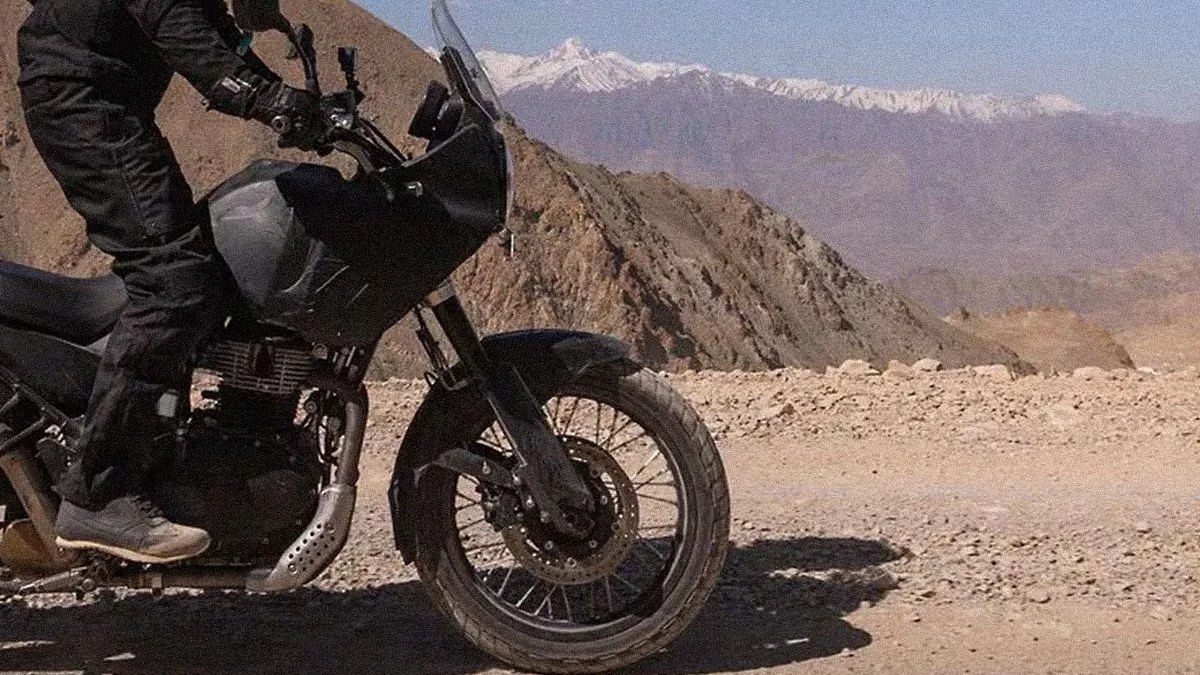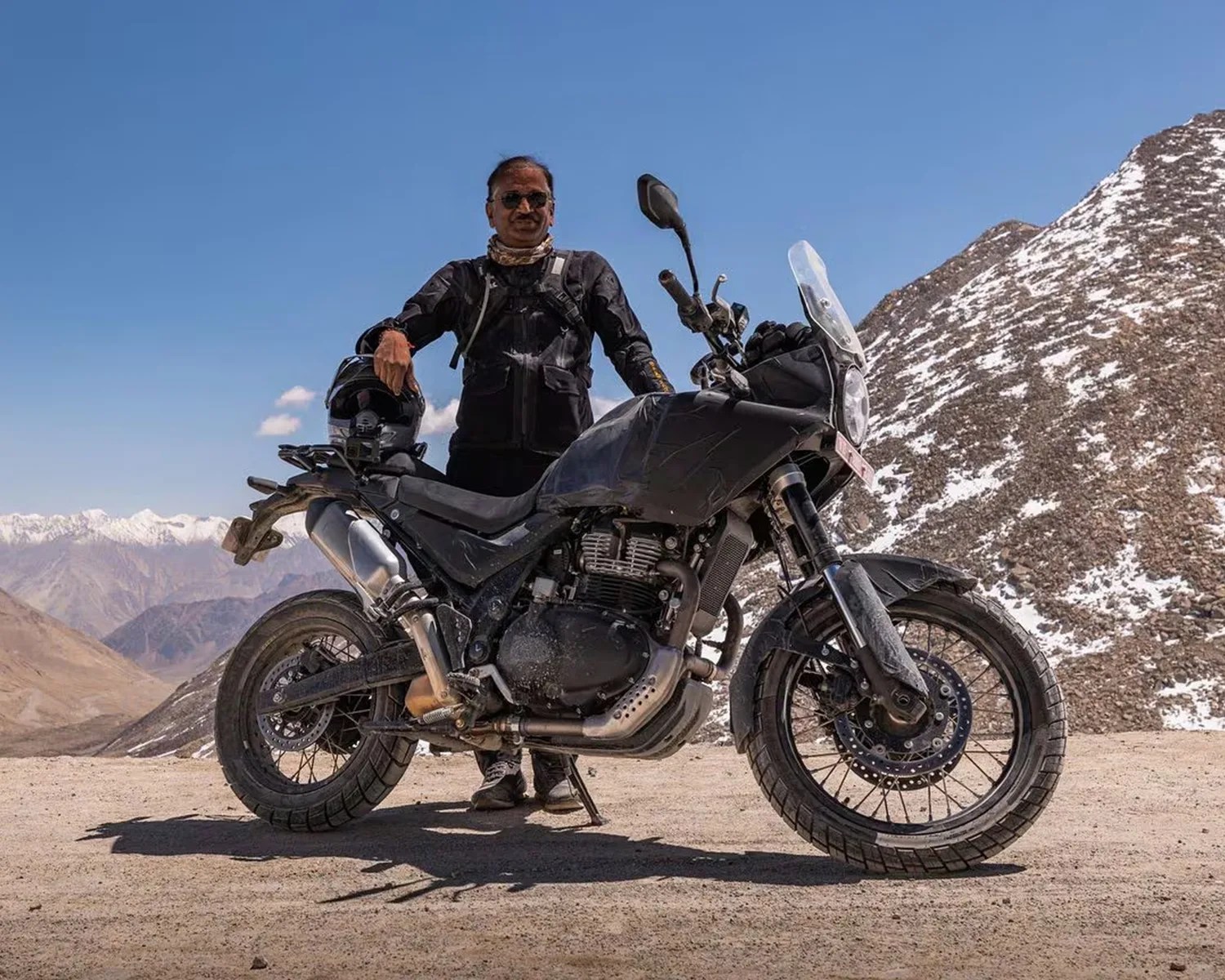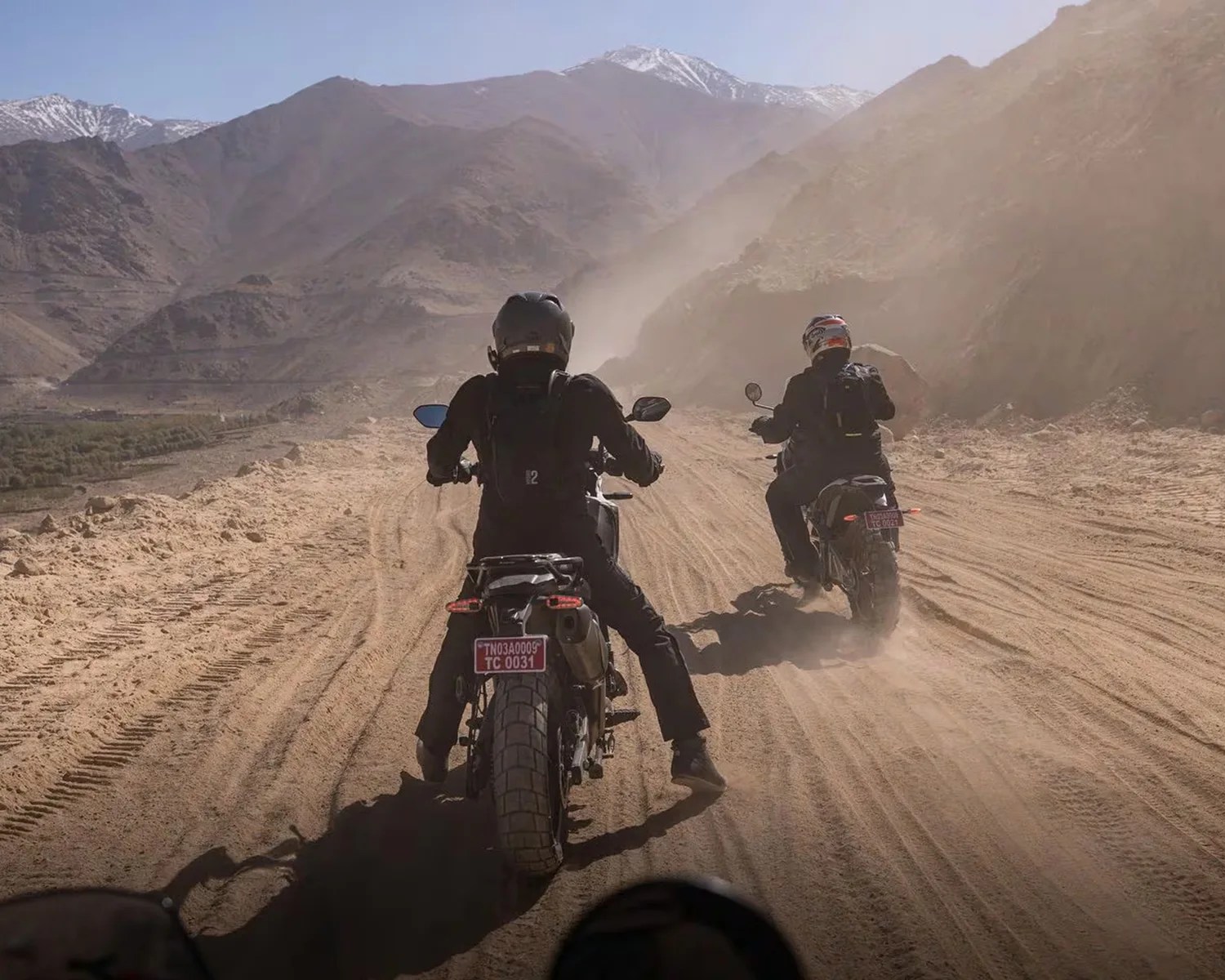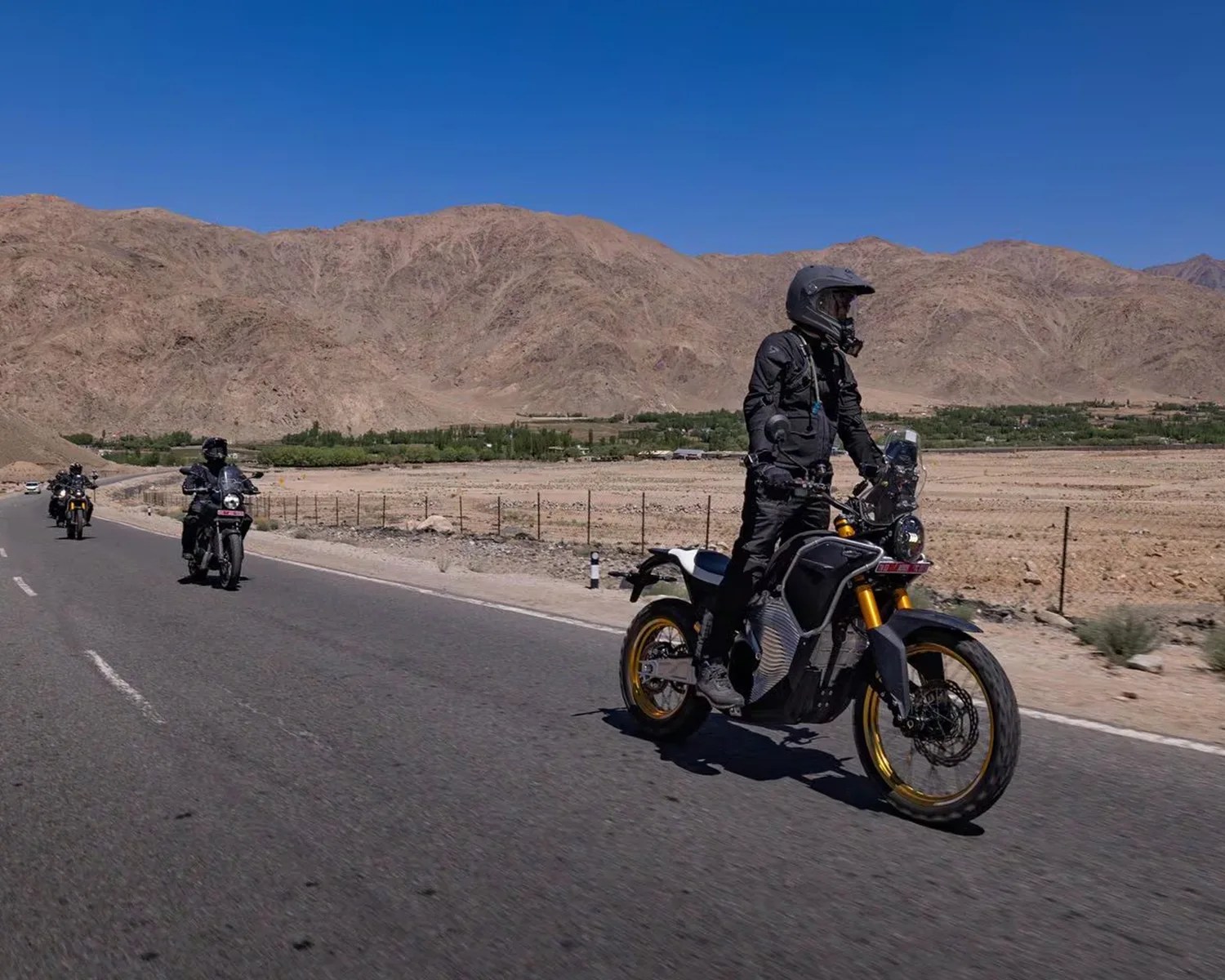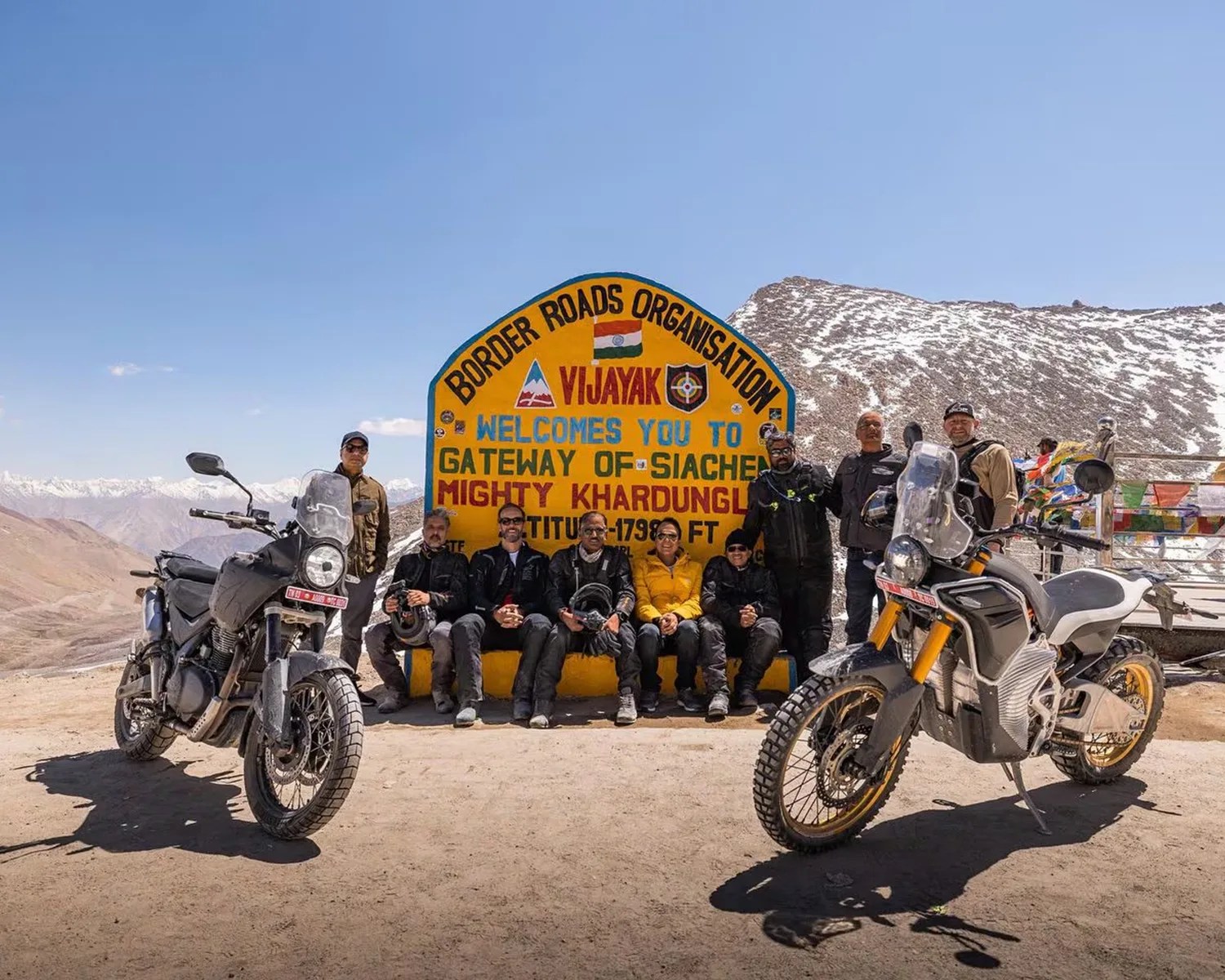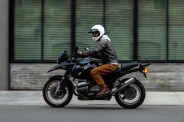Since its launch just nine years ago, the Royal Enfield Himalayan has only grown more and more beloved amongst adventure motorcycle fans.
Along with eye-popping retro style, the bike is super approachable for newer riders and a helluva value proposition for anyone interested in getting off the beaten path.
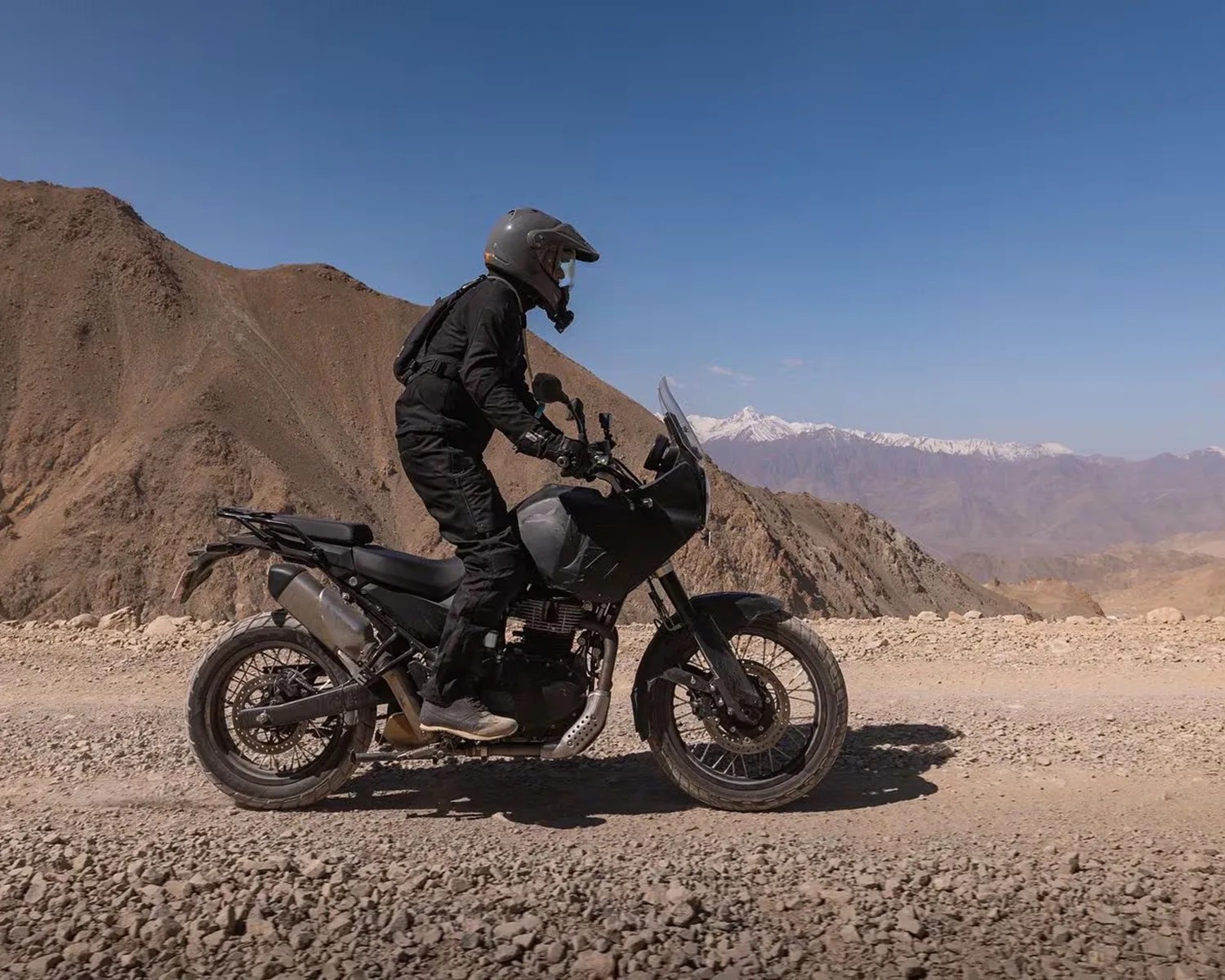
I know this from experience, having ridden its stripped-down sibling, the Himalayan Scram 411, through the actual Himalayas on an epic Dainese Expedition Masters trip a couple of years ago.
The bike is super nimble off-road and comfortable enough on-road for the six long days we spent in the saddle on that adventure.
The only major beef I had was, honestly, the power. Climbing over those massive mountain passes in Northern India, we often had to drop the bike all the way down to first gear and just crank the throttle to squeeze all the juice we could out of the 411cc, 24-horsepower engine.
